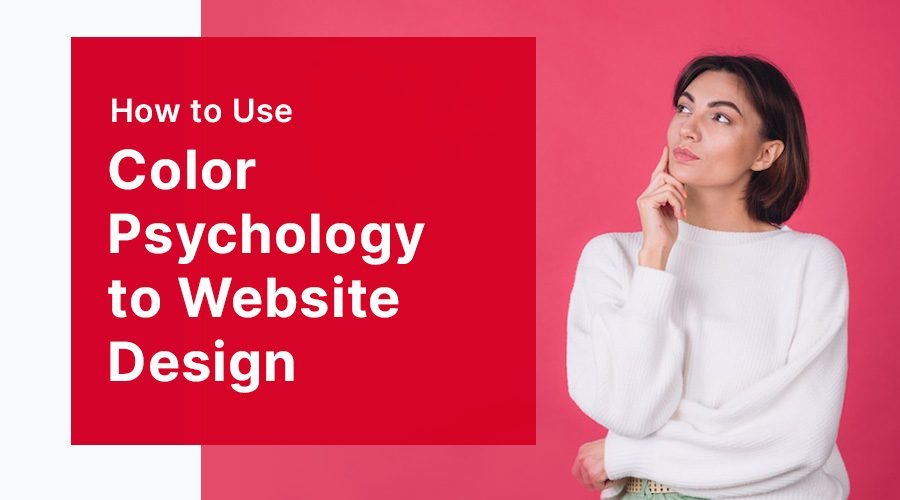Introduction
We all know that colors can have a significant impact on our emotions and mood. Did you know that color psychology can play a pivotal role in website design? In this article, we’ll dive deep into the world of color psychology and explore how you can use it to enhance your website design, increase user engagement, and create an unforgettable experience for your visitors. Are you ready to embark on this colorful journey? Let’s dive right in!
Table of Contents
- The Power of Color Psychology
- Understanding Color Associations
- Choosing the Right Color Palette
- Tips for Implementing Color Psychology
- Common Color Mistakes to Avoid
The Power of Color Psychology
Why It Matters
Colors are more than just a visual treat. They hold the power to evoke emotions, convey messages, and even influence behavior. In the context of website design, color psychology can help you create a cohesive, engaging, and memorable experience for your users. By understanding the emotional impact of colors, you can make intentional choices that resonate with your target audience and drive them to take the desired actions on your site.
First Impressions Count
When someone visits your website, they form an impression within seconds. And guess what? Colors play a massive role in shaping that impression. By using the right colors, you can establish trust, build brand recognition, and keep users engaged. So, it’s essential to choose a color palette that not only reflects your brand personality but also appeals to your target audience’s preferences and expectations.
Understanding Color Associations
The Cultural Context
Color associations can vary depending on culture, age, and personal experiences. However, some general trends can help guide your color choices for website design. For instance, red typically evokes passion, excitement, and energy, while blue is associated with trust, stability, and calmness. Green, on the other hand, symbolizes growth, freshness, and environmental consciousness.
The Emotional Impact
Colors can also elicit specific emotional responses from your users. For example, warm colors like red, orange, and yellow are known to stimulate and energize, while cool colors like blue, green, and purple have a calming and soothing effect. By strategically using these colors in your website design, you can guide users’ emotions and create a more engaging experience.
Choosing the Right Color Palette
Identify Your Brand Personality
Your website’s color palette should align with your brand’s personality and values. Start by identifying your brand’s core traits and then look for colors that best represent those characteristics. For example, if your brand is all about innovation and creativity, you might consider using bold, vibrant colors like orange or purple.
Consider Your Target Audience
It’s essential to consider your target audience when choosing a color palette for your website. Different age groups, genders, and cultural backgrounds may have different color preferences. Conducting user research can help you understand your audience’s preferences and expectations, ensuring that your color choices resonate with them.
Tips for Implementing Color Psychology
Be Consistent
Consistency is key when it comes to using color psychology in website design. Stick to a well-defined color palette and use it consistently across all elements of your site, including buttons, headings, and backgrounds. This will help create a cohesive and harmonious user experience.
Use Contrast for Readability
Contrast is essential for ensuring that your website’s content is easy to read and understand. Pair light-colored text with dark backgrounds, and vice versa, to make your content stand out and improve readability.
Common Color Mistakes to Avoid
Overloading with Colors
While it’s tempting to use a rainbow of colors on your website, doing so can be overwhelming and distracting for your users. Stick to a limited color palette, ideally with one or two primary colors and a few complementary ones. This will create a more visually appealing and harmonious design.
Ignoring Accessibility
When designing your website, it’s crucial to consider accessibility for users with visual impairments or color blindness. Use high contrast color combinations and avoid relying solely on color to convey important information. Providing alternative text or cues can make your website more inclusive and user-friendly.
Conclusion
Color psychology is a powerful tool that can help you create an engaging, memorable, and effective website design. By understanding the emotional impact of colors and choosing a palette that reflects your brand personality and resonates with your target audience, you can significantly improve your website’s overall user experience. And if you need expert help with implementing color psychology in your website design, look no further than Webnobby! Our talented team of designers understands the importance of colors and is ready to help you create a stunning, color-infused website that leaves a lasting impression on your visitors.


